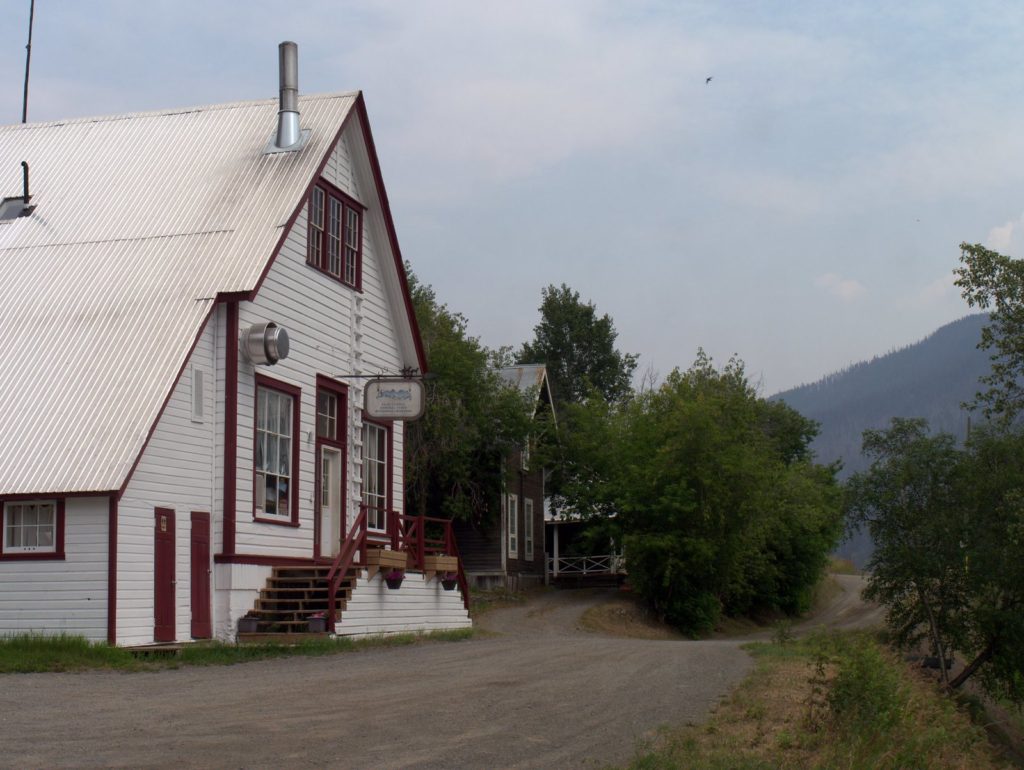We are Moving North in 2022, to settle in the Tahltan Nation
We are moving north in 2022 to Dease Lake and Telegraph Creek, if everything goes according to plan. Dease Lake is about 5 to 7 hours south of Whitehorse, Yukon Territory, depending on road conditions and speed.
Along with Iskut two hours to the south of Dease Lake, these three communities form the heart of the Tahltan Nation.

The Tahltan Nation encompasses an area about the size of New Brunswick. It contains British Columbia’s “golden triangle,” where the majority of known reserves of Canadian gold exists, along with a vast wealth of other minerals.
Several large mining operations are ongoing in the region, working with many skilled Tahltan employees and under the strict environmental requirements of the Tahltan Nation. There is also a major run-of-the-river hydro project the nation partners in.
There are two band governments in the nation, the Tahltan Band, which includes the communities of Telegraph Creek and Dease Lake, and the Iskut Band. The Tahltan Central Government (TCG) works for the entire nation, while the individual bands oversee local administration. It is a good system, and has helped to bring prosperity to the nation.
Language preservation and restoration is very important. In fact, Kathy is employed by the TCG as an anthropologist involved in this very task. They are presently working on expanding and completing the Tahltan dictionary. The dictionary includes both print and audio, so that users can not only see how a word is spelled and what it means, but they can also hear it spoken by one of the few remaining fluent speakers, mainly elders.
Kathy has been working remotely for a number of years on the project. It has not been necessary to be in the territory due to the ready access now available to digital technology. So, why are we moving north?
My wife and I both want to learn the language. We believe it is much more practical to learn the language in the area where it has been historically spoken and where there are still fluent speakers.
We also both grew up in the north and love it. It is our home, even after all these years in the south. So, in a way, though neither of us has lived directly in the specific area, we are still going home. It is a beautiful area with a vast wilderness to live in and explore.
Secondly, we love the people, many of whom are relatives, and want to get to know everyone and help out any way we can. After all, that is what families do!
Moving north definitely has its challenges. For one, we have lived in the same house for more than thirty years, and raised a family there. Most of our grandchildren have spent a lot of time here.
We have many memories stored here, most of which we can’t really take with us. These are things like the innumerable drawings made by children over the past thirty plus years. But there are also things like children’s clothing, toys, board games, sports equipment, and on the list goes.
Then we have the things we have accumulated over the years. These are things like the clothes we’ve imagined we’ll one day wear again, perfectly useful things that need to be fixed and never have been and now parts are missing, “doom-boxes,” and more.
In order to be reasonably ready to move, we also need to lose some of the things we have accumulated. To pack and move things we will never use or look at simply makes no sense. Then we need to sell the house. Then we need to buy a new place to live in the north, or plan to rebuild or simply to build on our lot in Telegraph Creek.
But in the end, barring any unforeseen events, our plan for moving north in 2022 is still ongoing, and we’re making headway. I wonder how many people our age move north, rather than south?